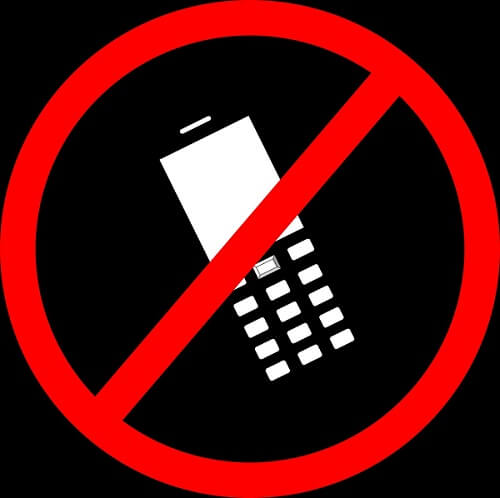For years, the word Mwakenya has been synonymous with exam cheating in Kenya—tiny, handwritten notes smuggled into exam rooms by students hoping for an easy way out. Fast forward to today, and cheating has evolved. Instead of scribbled notes, students now turn to Artificial Intelligence (AI) tools like ChatGPT and Google Bard, not just for help, but sometimes to do the work for them.
AI: A Friend or a Fraud?
At first glance, AI seems like the ultimate academic assistant—quick answers, well-written essays, and solutions to tough questions in seconds. It’s a student’s dream come true. But here’s the catch: AI isn’t perfect. It makes mistakes, sometimes fabricating facts entirely. Many students have blindly trusted AI-generated responses, only to end up with completely wrong answers. This growing reliance on AI is raising serious concerns about the integrity of education.
From “Mwakenya” to AI: A New Way to Cheat
Cheating has always been driven by the same pressures: the fear of failure, the need to pass exams, and the temptation to take shortcuts. But while Mwakenya was a crude, manual trick, AI-powered cheating is sophisticated and harder to detect. This has created a troubling reality—graduates who may have impressive certificates but lack the actual skills their papers claim they have. Employers are starting to notice, and that’s a big problem.
A Double-Edged Sword
AI is a powerful tool that can revolutionize education, but it also makes cheating easier than ever. Instead of sneaking handwritten notes, students can now copy and paste AI-generated essays or problem solutions. This shift is making educators rethink how they assess students, as traditional exams and assignments are no longer foolproof. The challenge now is figuring out how to embrace AI’s benefits while preventing its misuse.
Fixing the Problem: What Can Be Done?
The education system must step up to ensure AI doesn’t undermine learning. This means stricter policies, better monitoring tools, and—most importantly—encouraging students to value real learning over quick fixes. Teachers need to find ways to integrate AI into learning in a way that supports critical thinking rather than replacing it. After all, education isn’t just about passing exams—it’s about developing real skills

